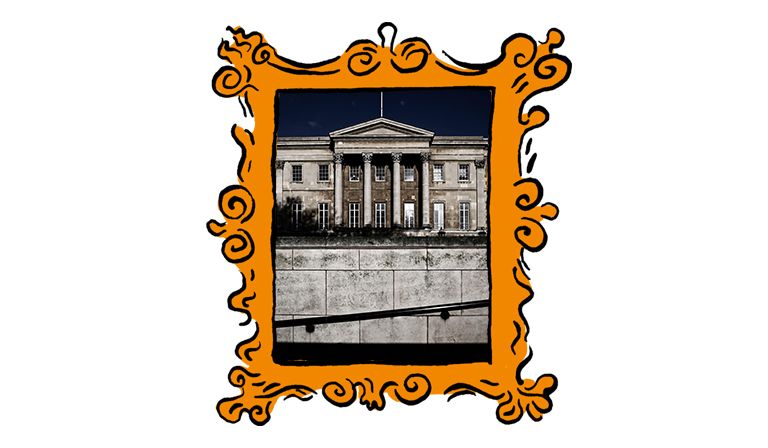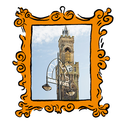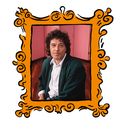Landing on the soft pink sofa, I was immediately struck by the sight of a Caravaggio. From the top of the wall, the conjuror looks out, his languid gaze half-charismatic, half-intimidating. Renamed now as A Musician, this painting reminded me of the deep link between music and magic. What strange charms was he producing with his whistle and tambourine? The feather on his hat and the ruffles on his shirt were so real that I felt, for some moments, compelled by, but also wary of, this figure.
I then realised that several other pictures of equally startling merit were on the wall, not least two by Velázquez: first, The Waterseller of Seville, with a glass that looks breakable and water droplets you might believe are running along the canvas; then, Pope Innocent X, resplendent in cherry silk and with a side-eye that looks as though he is ordering an assassination.
The whole room was full of such marvels. Before I wandered around this collection, museum fatigue was settling upon me. Now, as I saw the small works of Bruegel the Elder, glimmering like portals to a lost world, and Jusepe de Ribera’s darkly sympathetic depiction of St James, I was amazed to think I hadn’t known this art was kept here.
For I was in Apsley House, well known as the Duke of Wellington’s home. Most of the museum is dedicated to rather dull panegyrics. There is a weighty amount of ceremonial porcelain, pictures of the old Duke riding his horse, and audioguide commentary that is more interested in the Duke’s celebrity than his military history (superb) or political views (reactionary). Room after room of talk about chandeliers, famous banquets and the Duke’s prominent position in society had left me weary.
But, as I languished on the sofa in the lavishly decorated yellow room, the brittle crust of British social realism crumbled under the lively weight of the old Duke’s collection of Dutch paintings. In The Eavesdropper by Nicholaes Maes, a housekeeper is stepping down some stairs, looking right out of the canvas, with a finger to her lips, indicating that we should look into the far room, where a housemaid is being fondled through the window by her boyfriend. It feels as if the woman is about to step, briefly, out of the picture to tell us the gossip, before hurrying back in to admonish the girl (or store up her gossip for future use). The small depiction of Judith Slaying Holofernes has as much drama as it is possible to get onto a few small inches of canvas.
Despite the great bounty of the collection—Jan Steen, Rubens, David Teniers, van Dyck, Goya—Apsley House’s art collection is one of London’s hidden treasures. So quiet was the museum, we admired all of these works not as part of a crowd but very often in total silence. Though it’s just as worthwhile as the Wallace Collection or the Dulwich Picture Gallery, it was half-empty.
Why English Heritage doesn’t make more of this collection I cannot fathom. Put me in charge, and the shop would feature popes on tote bags and Jan Steen steins. I’d have had the Caravaggio conjuror staring out from the sides of buses and posters on the Underground. That wonderfully enticing housekeeper would beckon to passing tourists from the railings, printed on t-shirts. Her silencing action, the finger to the lips, is the perfect symbol of this splendid art collection.
“Quietly, quickly, come in, and see some of London’s finest art,” she would be saying, “but don’t tell anyone else, they don’t know about it yet!”
London’s best secret art gallery
And there’s no need to keep it so. Apsley House, former home of the Duke of Wellington, contains a world-class collection of paintings
August 08, 2024

© Stephen Burrows / Alamy









